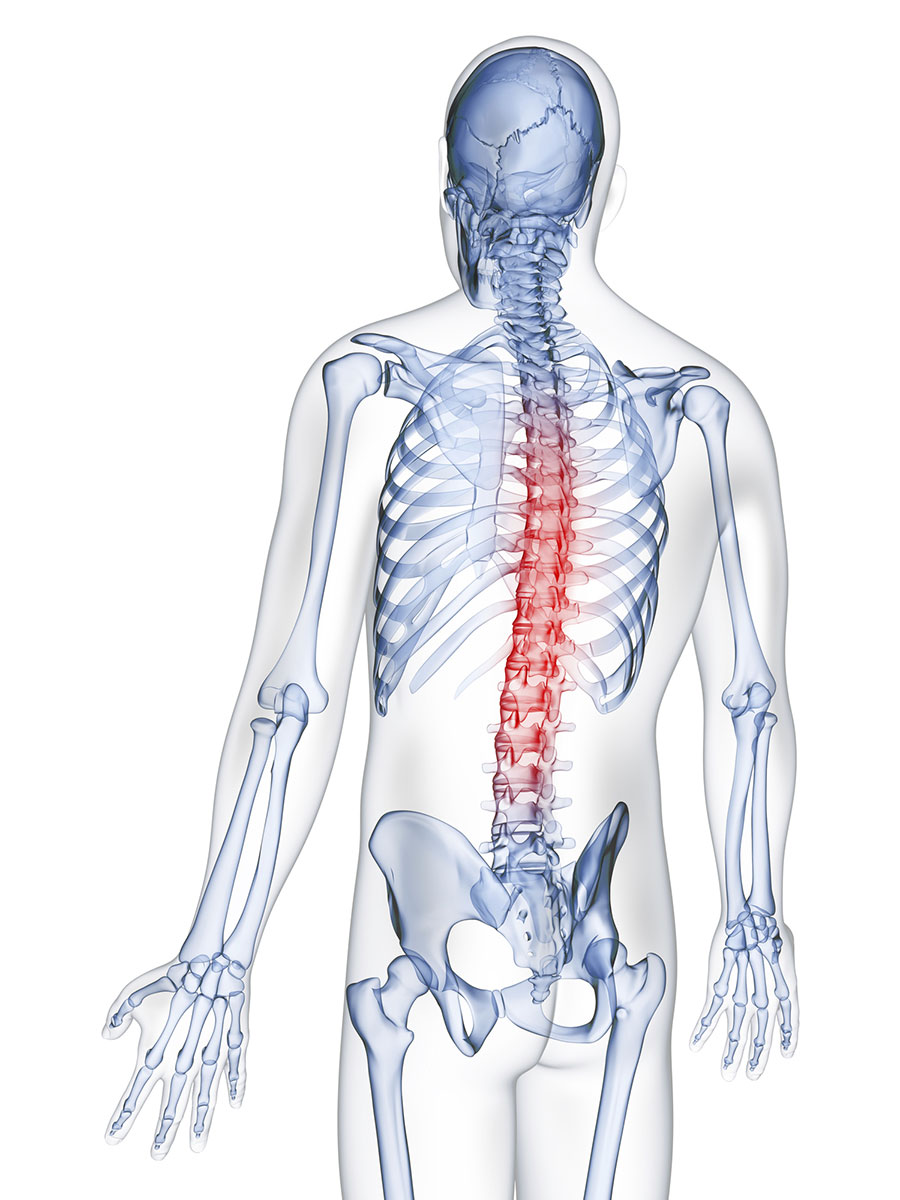Most people within the chiropractic profession are aware of a divide that exists among us between those who are mechanists seeking to expand evidence-based practice and those who are vitalists seeking to deliver the adjustment in a way that’s most true to the original intention of the profession, whether or not current science is able to support it.

Megan McLoughlin
One of the biggest debates between these two camps concerns use of the word “subluxation.” I call it “The Great Semantic Debate” because while the argument centers on a single word, it has implications for our profession that are far greater. Since much of chiropractic research to date has been conducted without reference to “subluxation,” some within the evidence-based camp believe the concept to be an antiquated remnant of chiropractic’s beginnings suited better to a history course than to modern research. Simply, they believe it not to exist. Meanwhile, vitalists cling to the notion of keeping chiropractic undiluted to the increasingly medical agenda by considering subluxation a major contributor to health or dis-ease1.
So if “subluxation” is not being used to determine the location where an adjustment (or manipulation) would be applied, what does? Some alternatives include segmental joint restriction and dysfunctional spinal joint. In the esteemed article published in the Journal of Neuroplasticity by Heidi Haavik, et al., titled “Manipulation of Dysfunctional Spinal Joints Affects Sensorimotor Integration in the Prefrontal Cortex: A Brain Source Localization Study,” the researchers chose to use the words “dysfunctional spinal joint,” with only one reference to the word “subluxation,” in order to reach a broader audience without that audience immediately jumping to conclusions about the quality of the research. These researchers would argue that it’s necessary to meet journals at the level of understanding they have, while saving our jargon for a time when they become more readily able to recognize it. This is not to say that these researchers are not vitalistic; it’s just to say that they’re interested in making their chiropractic research available to the greatest extent possible.
Kent, on the other hand, believes “language should be a tool for minimizing ambiguity, and establishing precision in communication. This necessitates the use of terminology that communicates the uniqueness of the thing being described2.” He believes that when conducting chiropractic research, chiropractic-specific terminology should be associated with it – that the chiropractic profession is not remaining authentic to itself, but is selling out, if it attempts to fall under another guise. He would criticize the article above, saying that use of the words “dysfunctional spinal joint” is not merely semantic minutia but represents a pitfall (or subluxation?) in our profession, which leaves us vulnerable to influence by other professions. Twenty years ago a chiropractor named Dr. Moon, a firm believer in the vitalistic chiropractic paradigm, lamented the lack of scientific data to validate the construct, warning of the possibility that medical researchers would step in to fill the void created by chiropractors’ indolence3. But would he have predicted that chiropractors would seemingly lose all that makes them unique in their quest for acknowledgement from the scientific community?
According to Nelson, there’s a middle ground whereby the word “subluxation” is not used, but principles are in place which are predicated upon it. He states: “The way students are taught in all chiropractic colleges to locate, evaluate, and adjust specific vertebral segments is an expression of subluxation doctrine.” This argument of a middle ground implies that while some may be moving away from it, it is impossible to forget completely our origin story. But with continued disuse of the word itself, could the history fall away too? Who will preserve it?
We will! It is the official position of Life Chiropractic College West as of February 2019 that “the word subluxation has never had more reasoning and rationale behind it in the last 123 years.” Life West is one of the last remaining chiropractic institutions to remain firm in its desire not to conform to the growing medical model, but to instead stay true to this profession’s unique origin, including its vernacular. The United States’ federal government, the Council on Chiropractic Education (CCE), and the Federation of Chiropractic Licensing Board (FCLB) all still officially recognize the term “subluxation” in conjunction with chiropractic. According to Dr. Tayal, chair of the Life West Philosophy department, “I am proud to be part of a school like Life West that is not compromising the principles of chiropractic for short-term political gain … the idea of the vertebral subluxation is an integral part of our identity4.”
References
- Nelson C. The Subluxation Question [Internet]. Journal of Chiropractic Humanities. Elsevier; 2013 [cited 2019Jul22]. Available from: sciencedirect.com/science/article/abs/pii/S1556349913600881
- Kent C. Vertebral Subluxation: Semantic Pathology, Epistemic Trespassing, and Ethics [Internet]. Vertebral Subluxation Research. Journal of Philosophy, Principles, & Practice of Chiropractic, Volume 2018; 2018 [cited 2019Jul22]. Available from: vertebralsubluxationresearch.com/2018/07/22/vertebral-subluxation-semantic-pathology-epistemic-trespassing-and-ethics/
- Keating JC, Charlton KH, Grod JP, Perle SM, Sikorski D, Winterstein JF. Subluxation: dogma or science? [Internet]. Chiropractic & osteopathy. BioMed Central; 2005 [cited 2019Jul22]. Available from: ncbi.nlm.nih.gov/pmc/articles/PMC1208927/
- Miedema K. Vertebral Subluxation: Life West takes a stand [Internet]. Life Chiropractic College West. 2019 [cited 2019Jul25]. Available from: lifewest.edu/vertebral-subluxation-life-west-takes-a-stand/
This article first appeared in the August 2019 issue of Lifelines, the Life West student magazine.


